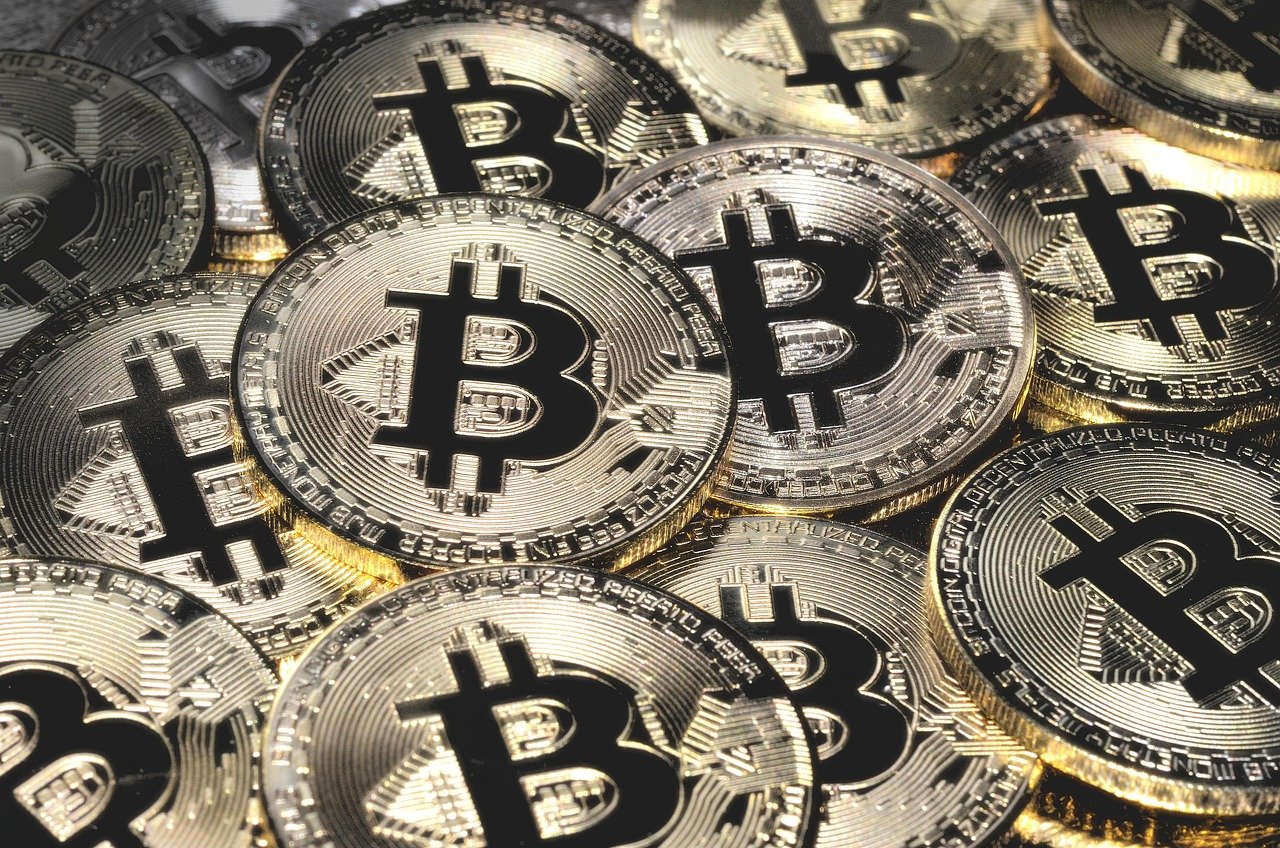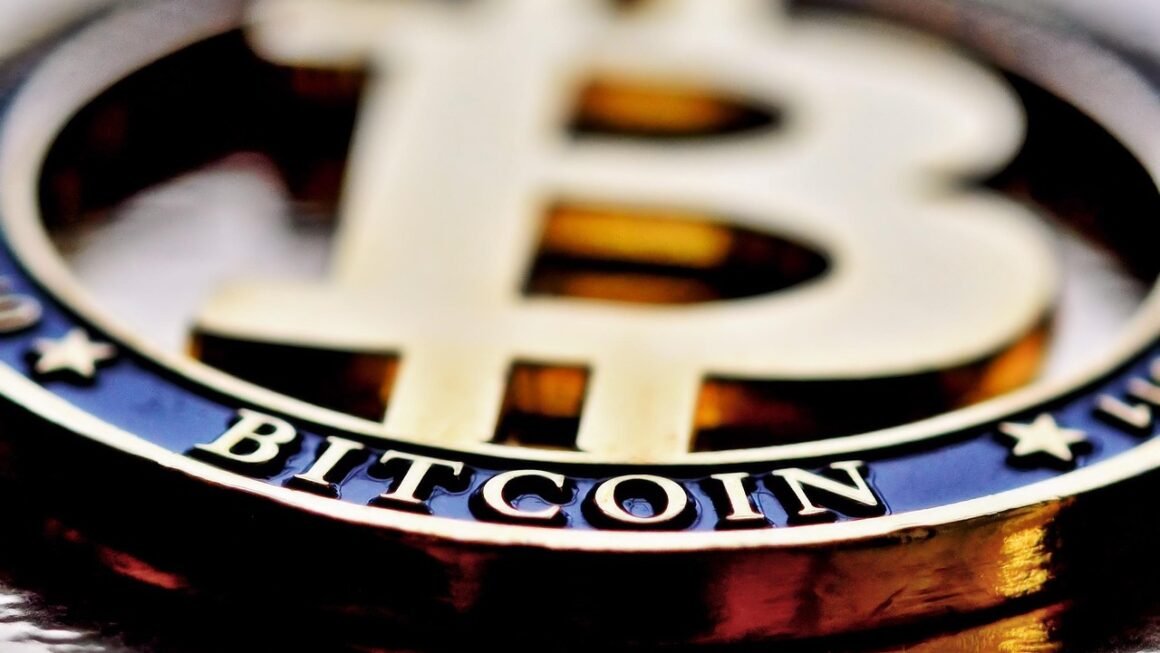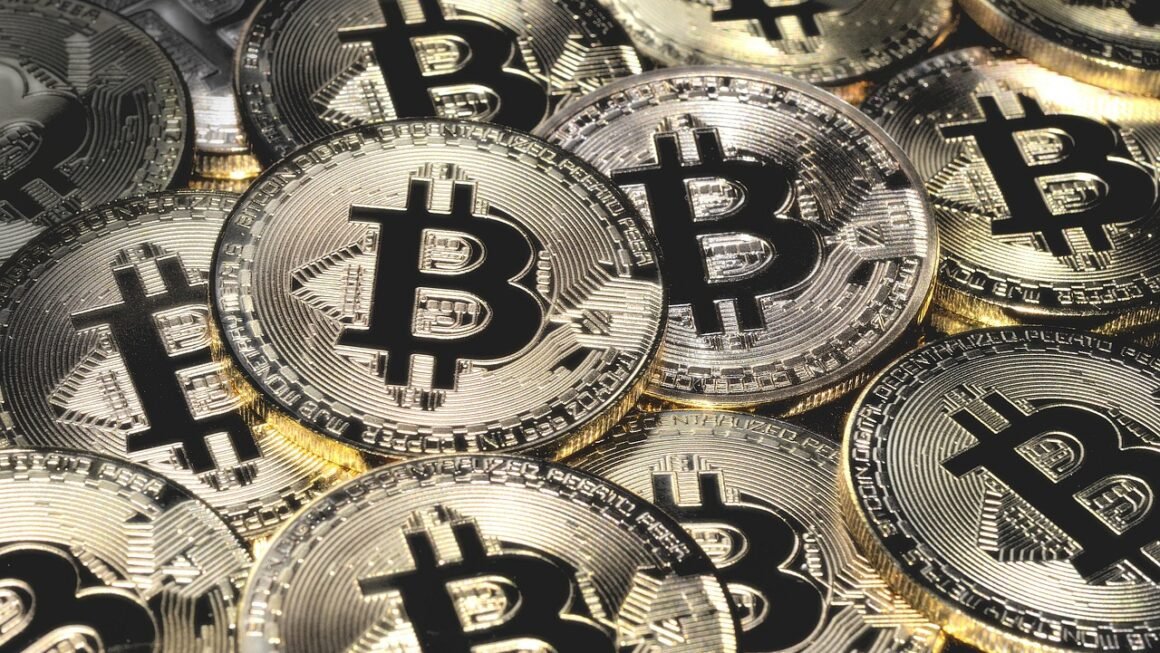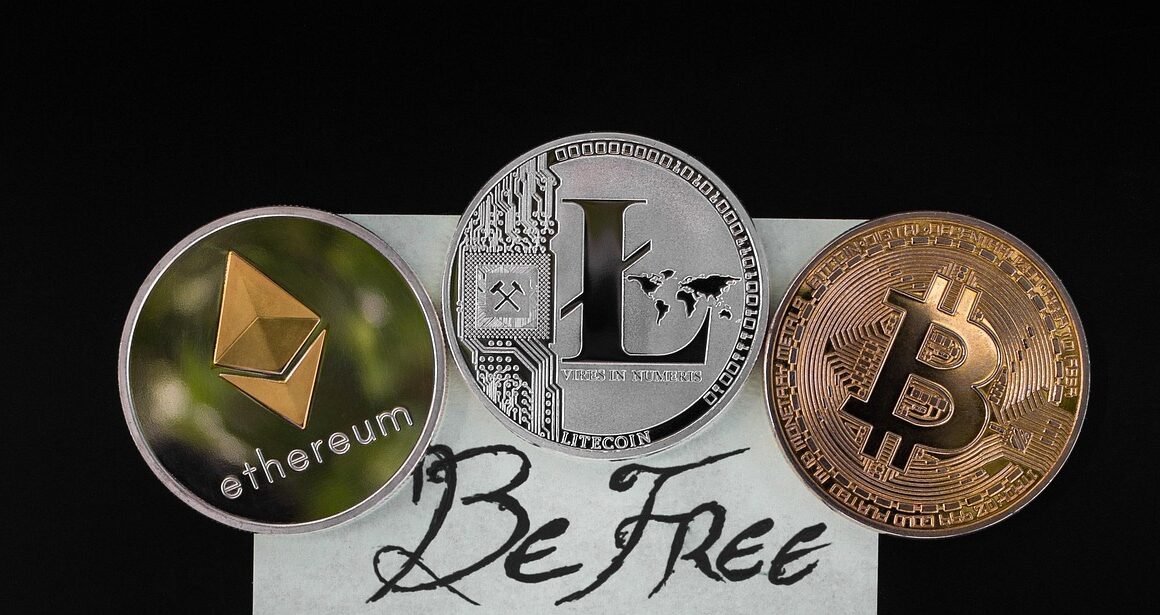Deflationary tokens have become a hot topic in the cryptocurrency space, offering a unique approach to tokenomics by reducing the total supply over time. This mechanism aims to drive up scarcity, potentially increasing the value of each token held. But how do they work, and are they a good investment? This comprehensive guide dives deep into deflationary tokens, exploring their mechanisms, benefits, risks, and real-world examples.
What are Deflationary Tokens?
Understanding Tokenomics and Inflation
Before diving into deflation, it’s important to understand its counterpart: inflation. In traditional finance, inflation refers to the decrease in the purchasing power of a currency over time, often caused by an increase in the money supply. In the crypto world, inflationary tokens operate similarly, with new tokens being minted and added to the circulating supply.
Deflationary tokens aim to combat this, implementing a strategy where the total supply of the token decreases over time. This scarcity, in theory, should lead to an appreciation in value, as the fixed or decreasing supply is chased by constant or increasing demand.
The Core Mechanism: Token Burning
The primary mechanism behind deflationary tokens is token burning. This involves permanently removing tokens from circulation, effectively reducing the overall supply. Here’s how it typically works:
- Transaction Fees: A percentage of each transaction involving the token is allocated to be burned. For example, every time someone buys, sells, or transfers the token, a 1% or 2% fee might be deducted, and those tokens are then permanently destroyed.
- Buy-Back and Burn: The project may use a portion of its revenue (generated through staking, platform fees, etc.) to buy back tokens from the open market and then burn them. This further reduces the circulating supply and provides upward price pressure.
- Event-Based Burning: Some projects implement burning mechanisms triggered by specific events, such as reaching a certain milestone or completing a funding round.
The Appeal of Scarcity
The fundamental principle driving the popularity of deflationary tokens is the perceived benefit of scarcity. Similar to assets like gold or rare collectibles, a limited or decreasing supply is expected to drive up demand and, consequently, price.
How Deflationary Mechanisms Work
Transaction Fees and Redistribution
Many deflationary tokens utilize transaction fees not just for burning, but also for redistribution to existing holders. This “static rewards” system incentivizes users to hold the token and participate in the ecosystem.
- Example: Let’s say a token has a 10% transaction fee. 5% of that fee could be burned, and the other 5% could be redistributed proportionally to all other token holders.
- Benefits: This approach creates a continuous flow of tokens to holders, rewarding loyalty and discouraging short-term trading. It also generates passive income for holders.
Automatic Liquidity Pool (LP) Generation
Another common feature is automatic liquidity pool (LP) generation. This involves allocating a portion of the transaction fees to be paired with another cryptocurrency (typically the native token) and added to a decentralized exchange’s liquidity pool.
- Example: Consider a token paired with BNB on PancakeSwap. A portion of each transaction fee is used to buy BNB and pair it with the project’s token, adding liquidity to the BNB/Project Token pair.
- Benefits: This increases the liquidity of the token, making it easier to buy and sell, and stabilizes the price by reducing volatility.
The Potential Downside of High Transaction Fees
While transaction fees can fuel burning and redistribution, excessively high fees can discourage trading activity and limit the overall adoption of the token. A balance needs to be struck to ensure that the fees are high enough to be effective but not so high that they stifle trading volume.
Benefits and Potential Risks
Potential Benefits of Deflationary Tokens
- Price Appreciation: The core benefit is the potential for price appreciation due to decreasing supply and constant or increasing demand.
- Passive Income: Redistribution mechanisms offer holders a form of passive income, incentivizing long-term holding.
- Community Engagement: Burning events and redistribution can create a sense of community and engagement among token holders.
- Reduced Volatility: Automatic LP generation and redistribution can help stabilize the price of the token.
Potential Risks and Considerations
- Lack of Utility: If a token lacks real-world utility or a strong use case, the deflationary mechanism alone may not be enough to sustain long-term value.
- Centralization Risks: If a significant portion of the token supply is controlled by a small group of individuals or the development team, the deflationary mechanism can be manipulated.
- Security Risks: Deflationary tokens are still susceptible to the same security risks as other cryptocurrencies, such as hacks and exploits.
- Regulatory Uncertainty: The regulatory landscape for cryptocurrencies is still evolving, and deflationary tokens may face additional scrutiny from regulators.
- Slippage Issues: High tax rates and burning mechanisms can make it difficult to trade if the liquidity pool isn’t large enough. This can often result in unexpected losses.
Real-World Examples of Deflationary Tokens
SafeMoon (SFM)
SafeMoon was one of the early examples of a deflationary token that gained significant popularity. It implemented a 10% transaction fee, with half going to redistribution and the other half being split between liquidity and burning. While it experienced considerable initial hype, it also faced criticism regarding its sustainability and transparency.
Shiba Inu (SHIB)
While not strictly a “deflationary token” from the start, Shiba Inu has implemented burning mechanisms to reduce its massive initial supply. The Shiba Inu team has regularly burned tokens to increase scarcity and drive up the price.
Binance Coin (BNB)
Binance Coin (BNB) is a deflationary token that burns a portion of its supply each quarter, based on Binance’s trading volume. This established process has been consistent and predictable, contributing to its sustained value.
Actionable Takeaway
Before investing in a deflationary token, thoroughly research the project, its team, its utility, and its burning mechanism. Look for projects with transparent practices, strong fundamentals, and a clear roadmap for long-term growth.
Conclusion
Deflationary tokens offer an intriguing approach to tokenomics, aiming to create value through scarcity. While the potential for price appreciation and passive income is attractive, it’s crucial to understand the risks and limitations. Not all deflationary tokens are created equal, and thorough research is essential before investing. By carefully evaluating the project, its utility, and its deflationary mechanism, investors can make informed decisions and navigate the exciting world of deflationary cryptocurrencies.



